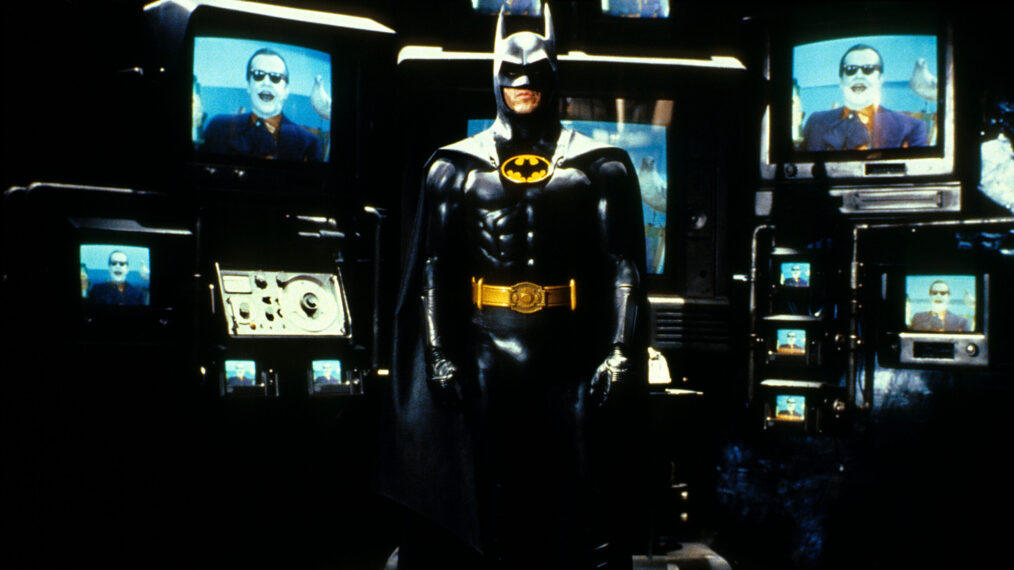New Book Tells The Inside Story of ‘The Nightmare Before Christmas’
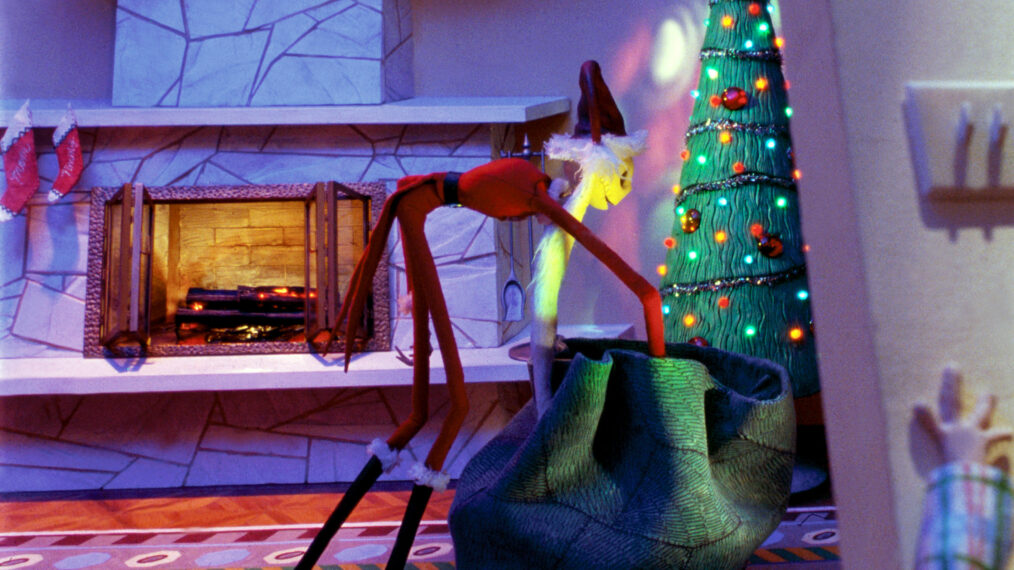
Who could have guessed that a stop-motion animated film about a skeleton having an existential crisis would be such a success that thirty years later people would still be getting its characters tattooed on their bodies? Certainly not Tim Burton, the creator of The Nightmare Before Christmas. And yet, the Pumpkin King of Halloweentown, Jack Skellington, really struck a chord with ’90s kids; one that has continued into the new century and rears its head every Halloween, where you can hardly go a block trick-or-treating without seeing costumes or house decorations inspired by this kooky 1993 movie.
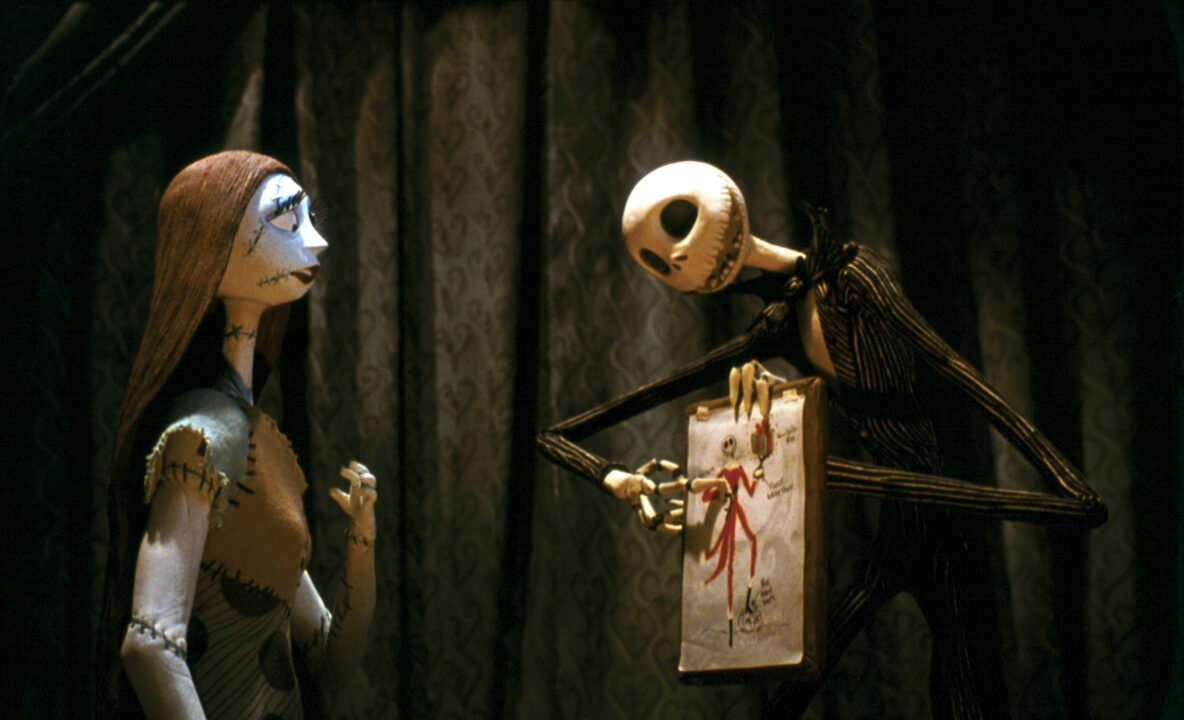
Buena Vista Pictures/Courtesy Everett Collection
“It was a film that came from my subconscious,” Tim Burton told Emily Zemler in her new, behind-the-scenes book on the history and production of The Nightmare Before Christmas, which comes out today. “It was percolating for many years… Jack kept coming up and I always try to rely on the subconscious rather than the intellectual. I kept thinking, ‘Why do I keep drawing this thing?'”
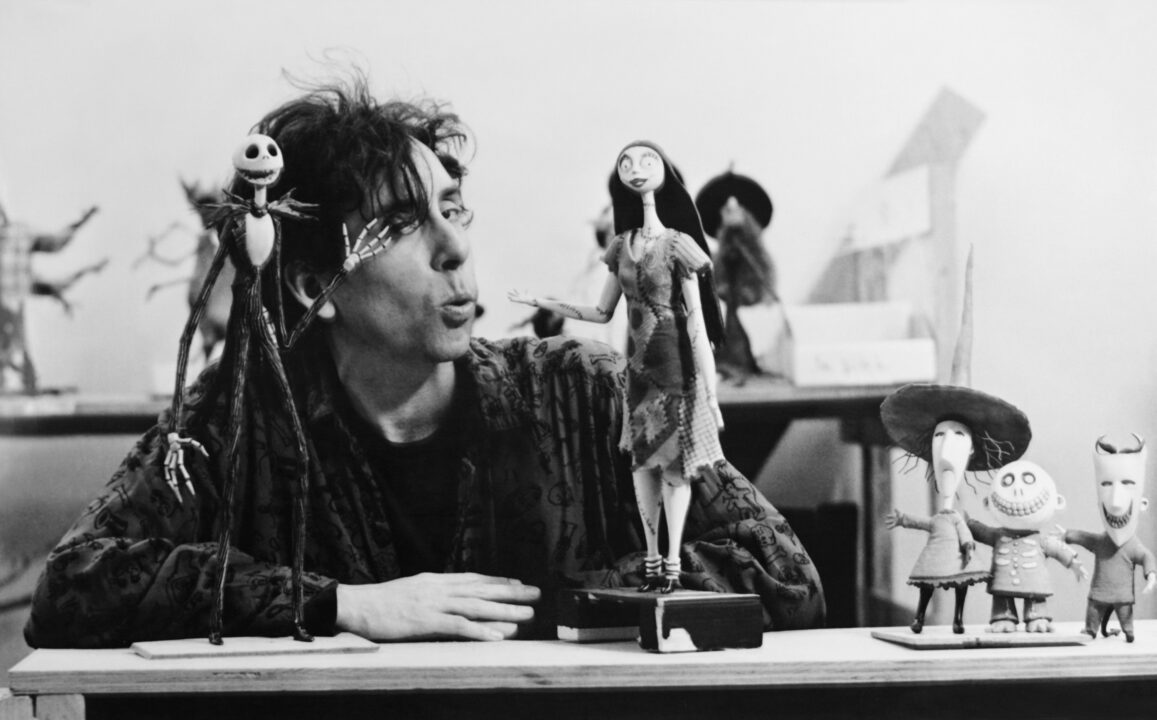
© Buena Vista/courtesy Everett Collection
Originally a poem, which Burton meant to publish as a children’s book, the tale of Halloweentown’s beloved pumpkin king who tries to take over Christmastown really grew to life when Burton decided to make it a stop-motion film. Burton had grown up on Rankin/Bass Christmas classics such as Rudolph the Red-Nosed Reindeer, and it made more sense for him to envision Jack Skellington this way over an animated film. Unlike all the publishers he’d shown the book idea to, Hollywood producers seemed excited about his idea, but no one got on board for several years. By then it was 1990 and Burton had already agreed to direct Batman Returns, the sequel to his 1989 hit Batman. Burton had such a clear vision of this story that he didn’t mind asking an old college friend, Henry Selick (who would eventually go on to direct other stop-motion hits like James and the Giant Peach as well as Coraline) to go ahead and start directing, especially since Burton knew it would take years to complete a stop-motion animated film.
And the rest is history!
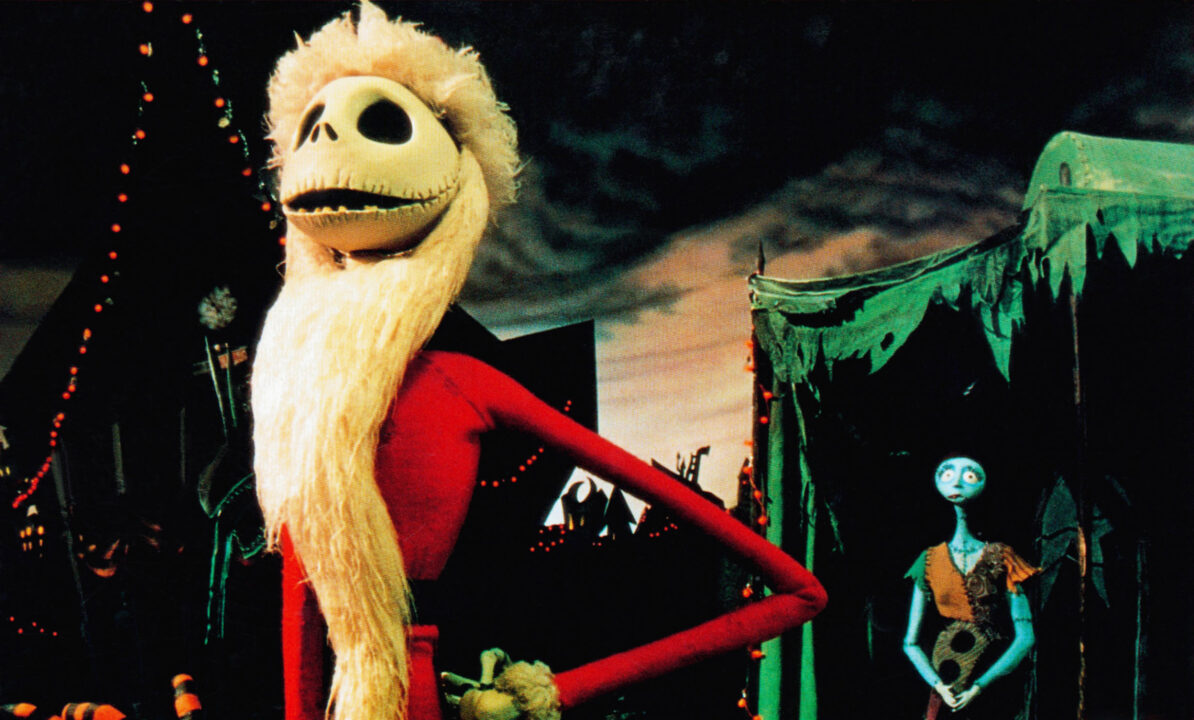
©Buena Vista Pictures/Courtesy Everett Collection
The Nightmare Before Christmas is perhaps so successful because it is a movie for both children and adults alike. Kids love it for its visual effects and music (also, what kid wouldn’t want a pet ghost named Zero?), and adults can appreciate a story with a little more depth. Of course Jack Skellington is having an existential crisis, I thought, when I first saw this movie (because I only just saw this movie for the first time a year ago, when it was introduced to me by my tiny Jack-obsessed Jewish daughter who doesn’t even know what Christmas is). He’s already the best at what he does; everyone worships him. He has nothing to strive towards. And poor Sally has the opposite problem, which is that she needs to come out of the shadow of her “father” figure, Doctor Finkelstein, and become her own person, not just a doll with various parts sewn together.
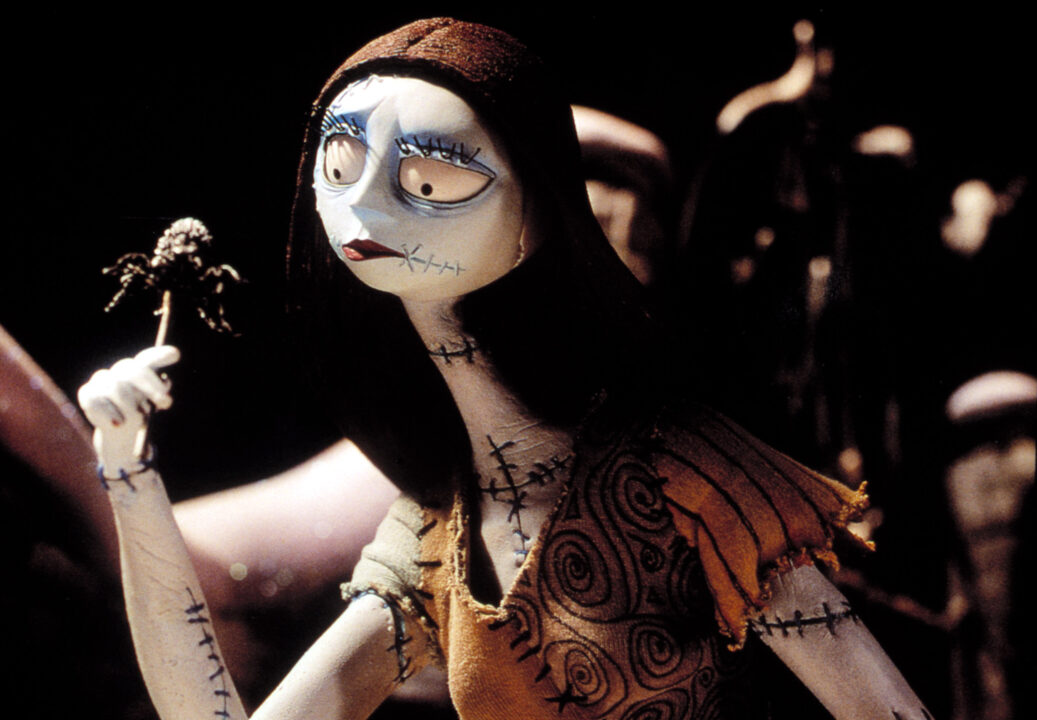
©Buena Vista Pictures/Courtesy Everett Collection
Inspired by Michelle Pfeiffer‘s Catwoman costume in Batman Returns, Sally, who was voiced by Catherine O’Hara, is now as much a cultural symbol as Jack Skellington. “I didn’t know Sally would affect people the way she has,” O’Hara said. “She’s not quite finished and doesn’t know who she is and I guess many of us feel that way.”
You can read all about the origins and production of Halloweentown in Emily Zemler’s new coffee table book,

